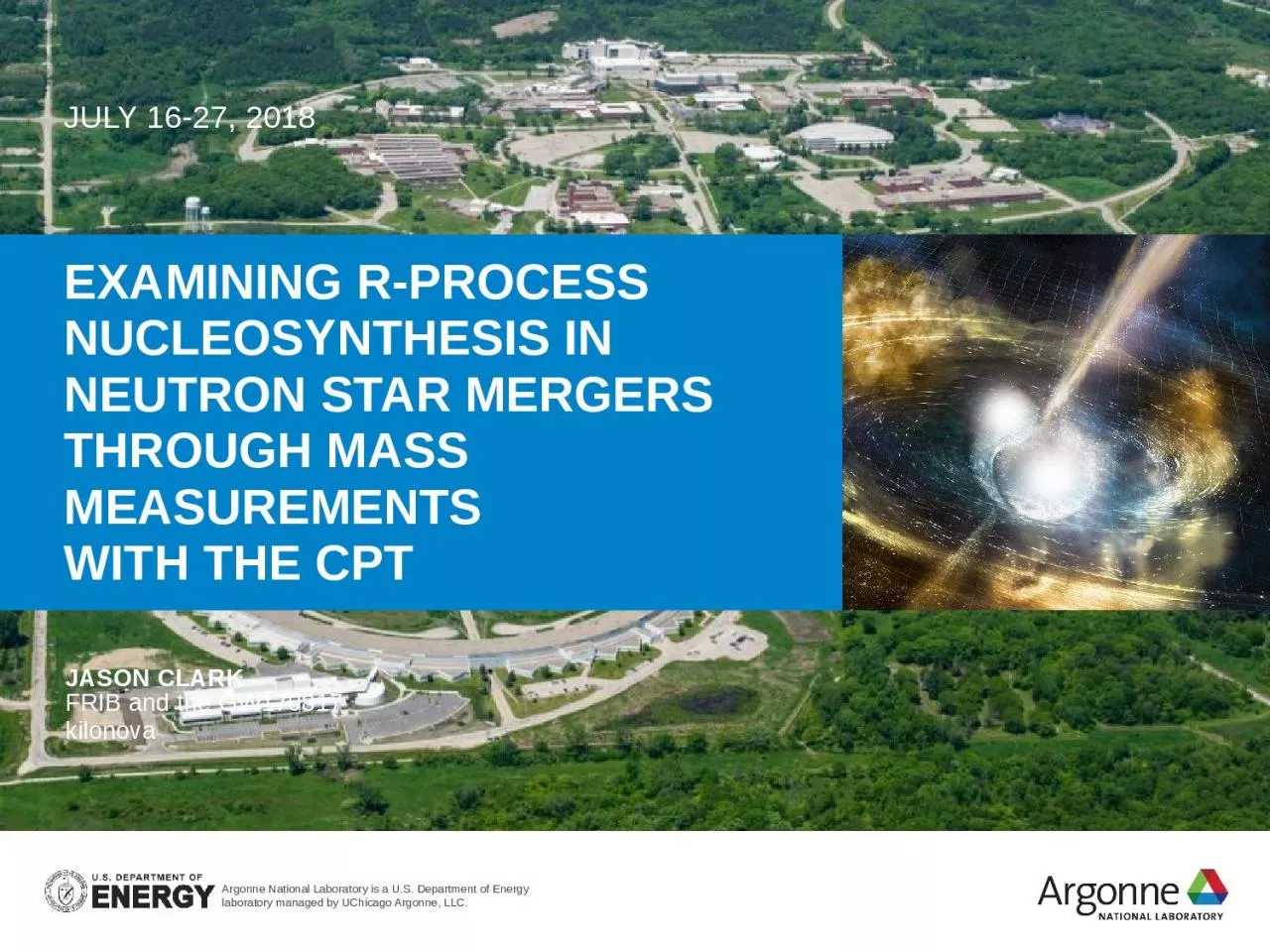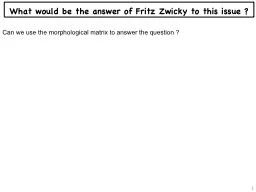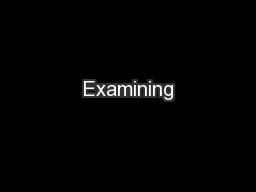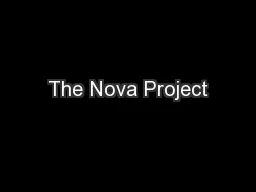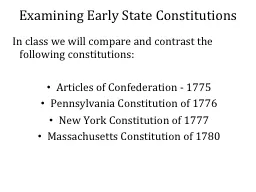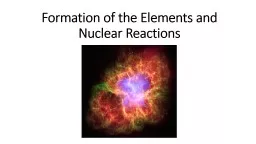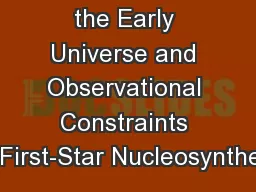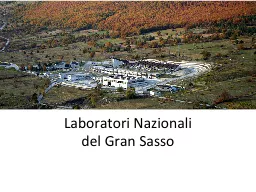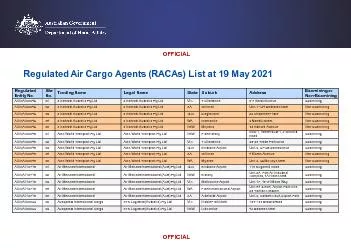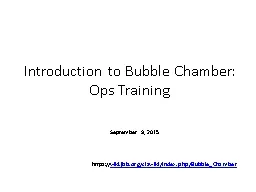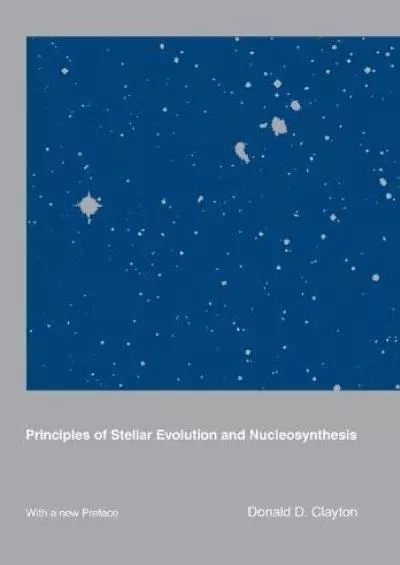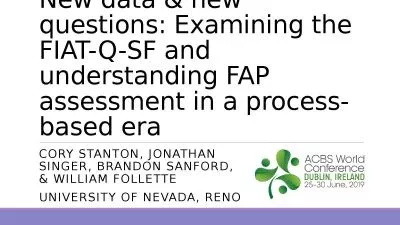PPT-Examining r-process nucleosynthesis
Author : pagi | Published Date : 2023-10-30
in neutron star mergers through mass measurements with the CPT July 1627 2018 Jason clark FRIB and the GW170817 kilonova outline 2 Role of mass measurements
Presentation Embed Code
Download Presentation
Download Presentation The PPT/PDF document "Examining r-process nucleosynthesis" is the property of its rightful owner. Permission is granted to download and print the materials on this website for personal, non-commercial use only, and to display it on your personal computer provided you do not modify the materials and that you retain all copyright notices contained in the materials. By downloading content from our website, you accept the terms of this agreement.
Examining r-process nucleosynthesis: Transcript
Download Rules Of Document
"Examining r-process nucleosynthesis"The content belongs to its owner. You may download and print it for personal use, without modification, and keep all copyright notices. By downloading, you agree to these terms.
Related Documents

